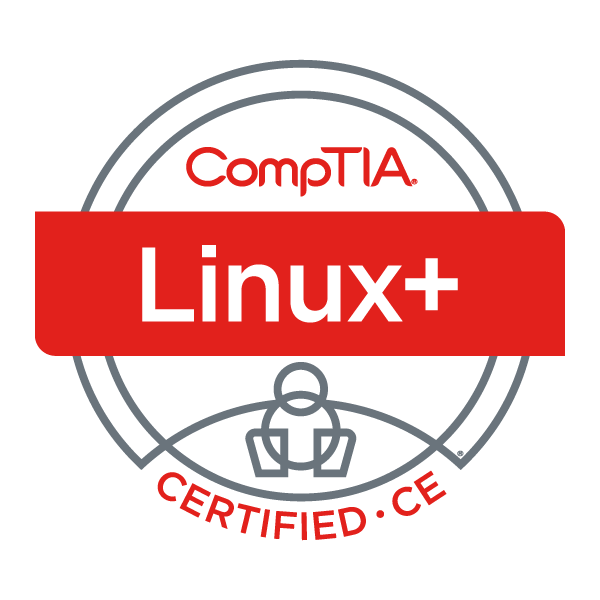Exam Overview
The CompTIA Linux+ XK0-004 exam is an internationally-recognized, vendor-neutral certification that validates the competencies required of early-career system administrators working with Linux systems.
Importance of the CompTIA Linux+ XK0-004 Certification
Gaining the CompTIA Linux+ XK0-004 certification signifies that you have the foundational skills and knowledge to manage everything from cars and smartphones to servers and supercomputers, as a vast number of enterprises use Linux in cloud, cybersecurity, mobile and web administration applications.
Technical Details of the CompTIA Linux+ XK0-004 Exam
The XK0-004 Certification Exam is a 90-minute test consisting of a maximum of 90 performance-based and multiple-choice questions. The test is graded on a scale of 100-900, with a passing score of 720.
Measured Skills
- Hardware and System Configuration
- System Operation and Maintenance
- Security
- Linux Troubleshooting and Diagnostics
- Automation and Scripting
Tips for Preparation
CompTIA offers a range of study materials, including exam objectives, study guides, and practice tests. Additionally, hands-on experience with a variety of Linux distributions will be particularly valuable. A strong understanding of the Linux command line is essential.
